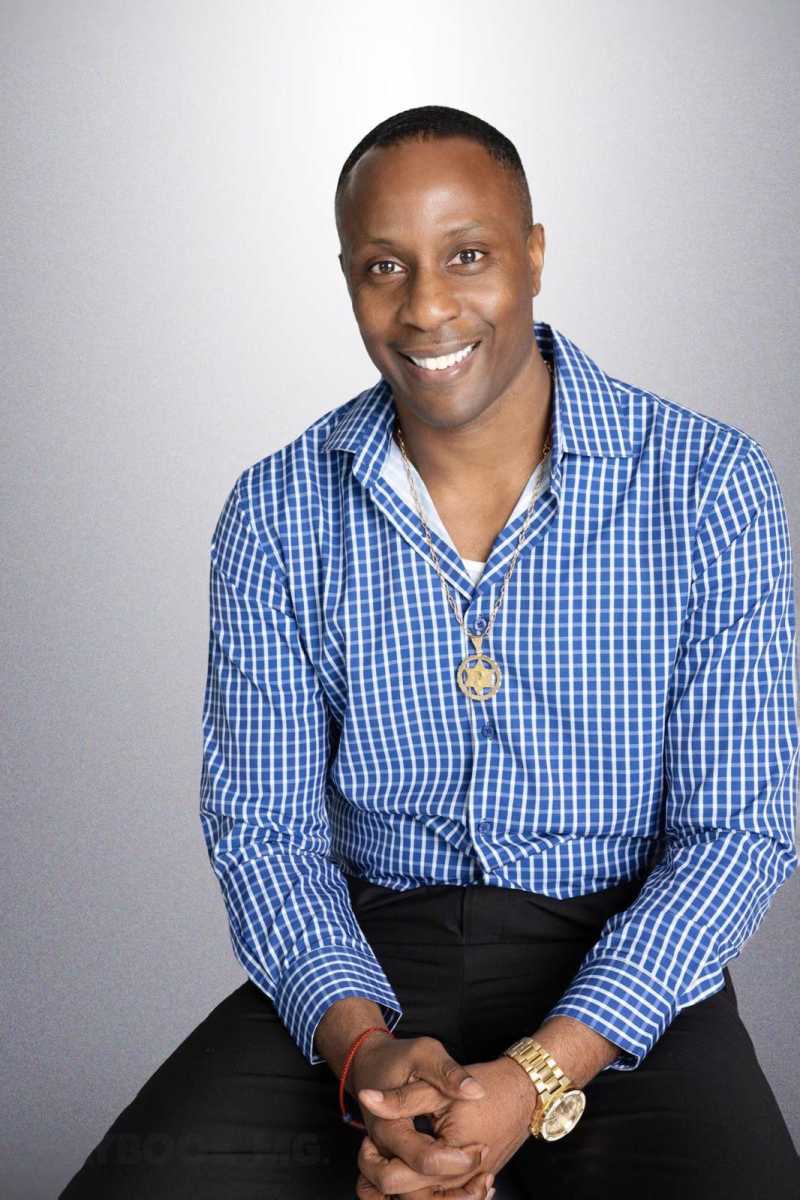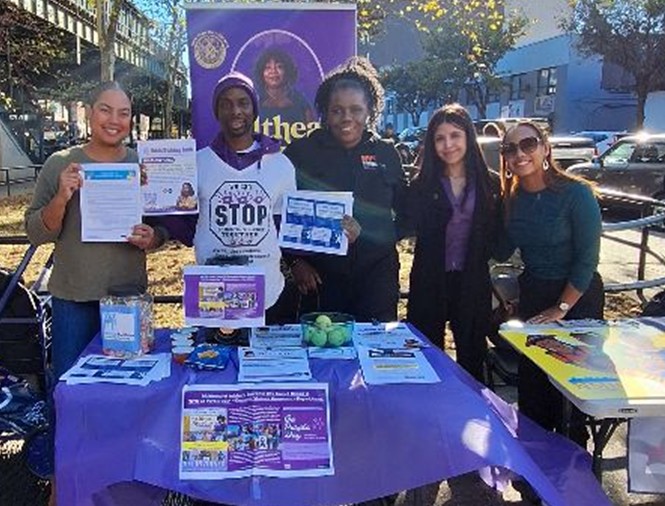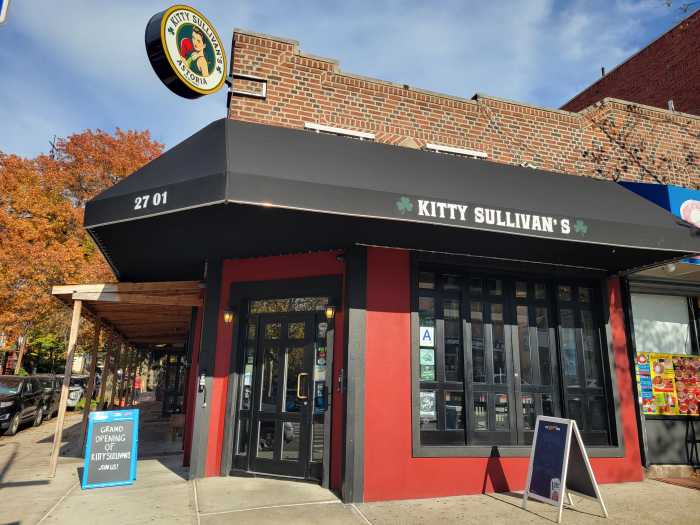Queens Assembly Member Zohran Mamdani’s path to election as mayor this November may very well depend on whether former Gov. Andrew Cuomo stays in the race.
As speculation swirls over whether former Cuomo will continue his campaign as an independent after conceding the Democratic primary to Mamdani, a new poll shows the two candidates in a statistical tie heading into November’s general election.
The polling, conducted independently by the Honan Strategy Group 48 hours after Mamdani’s stunning victory, showed both Mamdani and Cuomo garnering 39% support among likely general election voters in a five-way race between them, Republican nominee Curtis Sliwa, independent candidate Jim Walden and incumbent Mayor Eric Adams, who trailed at 13%.
In that hypothetical race, given to 817 likely voters, pollsters listed Mamdani on the Democratic and Working Families Party lines, Cuomo as an Independent on the Fight and Deliver ballot line, and Adams as an Independent on the End Anti Semitism and Safe & Affordable ballot lines.
Sliwa received 7%, Walden polled at 0%, while 2% of voters were undecided.
Although Cuomo conceded on primary night, Mamdani has not yet officially clinched victory, and currently holds an 8-point lead in first-choice votes. The final outcome will be determined through ranked-choice tabulations set for July 1.
Still, Mamdani is expected to hold or expand his lead, thanks to endorsements and shared support with several progressive candidates, including City Comptroller Brad Lander, who finished third.
Cuomo as the deciding factor?
Cuomo, who has secured an independent line on the November ballot, said in his concession speech Tuesday that he and his team would review the full ranked-choice results before deciding on next steps, saying their focus is on what would best serve the campaign’s goals, the Democratic Party, and the city as a whole.

In the scenario that Cuomo does not appear on the ballot, pollsters found that Mamdani would lead Adams by 15 points.
But if Adams were to drop out, Cuomo appears to pick up the support of likely Adams voters and gains a slight edge, leading Mamdani by 4 points — just outside the poll’s margin of error of ±3.4%.
However, the scenario in which Adams drops out of the race is unlikely to play out, given Hizzoner launched his reelection campaign as an independent on the steps of City Hall Thursday.
Brutal popularity numbers for Adams
Looking at how the candidates are perceived in the minds of voters, the June 25-26 survey noted widespread dissatisfaction with Mayor Adams. Two-thirds of voters (67%) disapprove of his job performance, and 75% agree with the statement that he is corrupt and should not seek reelection.
“Adams has a steep hill to climb, given some of the atmospherics around him in terms of how the city is viewed and then second of all, how the voters are seeing and evaluating his tenure as mayor in office,” pollster Bradley Honan said.
For the assumed Democratic nominee, Mamdani, the poll claims he is viewed unfavorably by 48% of voters and favorably by 40%. Cuomo was the only candidate in the findings with a net-positive image: 56% favorable to 43% unfavorable.
“These are from all parties, all boroughs, and mirror the composition of voters that we believe will vote in the November election,” Honan said of the survey.
‘Surge voters’ and a big surprise
Just one poll in the run up to Tuesday night predicted Mamdani would beat out Cuomo, including the Honan Strategy group which, in a survey from early June, predicted the former governor would be 17% ahead of Mamdani.
Honan acknowledged the surprise many pollsters faced with Mamdani’s strong first-round performance, but defended his firm’s approach as one of the few that consistently tried to account for “surge voters” — particularly Democrats with little or no prior primary voting history. He said Mamdani’s rise was apparent throughout the election cycle and that they may have gotten a better indication of Tuesday’s results had they polled voters closer to June 24.
He said his team began building its methodology in December and January with those voters in mind, citing previous election cycles, like 2021, that saw unexpected turnout from people with low historical participation. He said this informed their sampling strategy starting in late January, when they first began showing Mamdani at a greater level of support than found in other polls.
“We were beating the drum since January,” Honan said, suggesting that while some of Mamdani’s momentum may have been underestimated, the foundation of their approach proved directionally sound. He pointed out that their early polls already treated Mamdani as a serious contender, while other surveys did not.
Honan also noted that his team would be releasing more findings related to affordability and the economic concerns driving voter sentiment, which he suggested were key to Mamdani’s resonance with underrepresented voters.






































